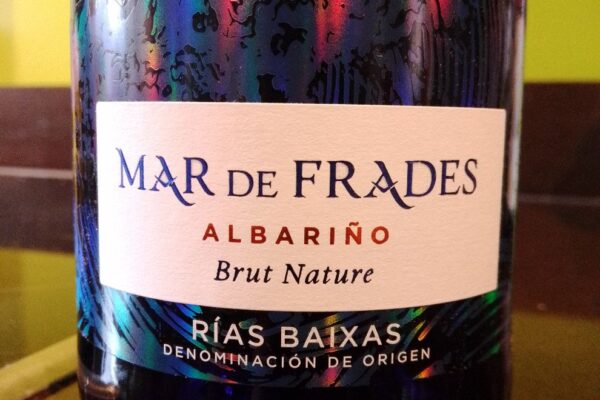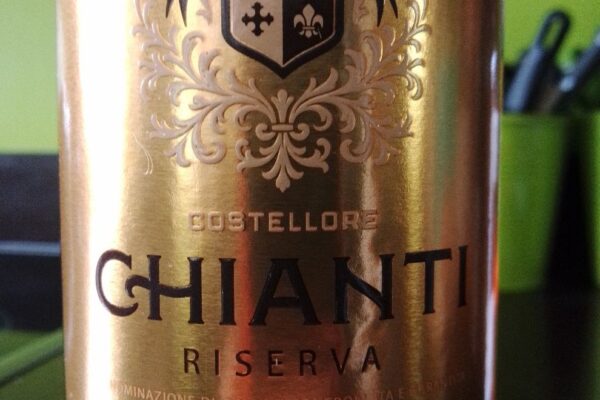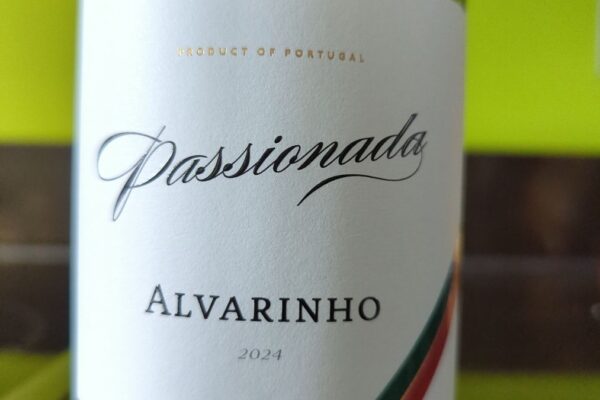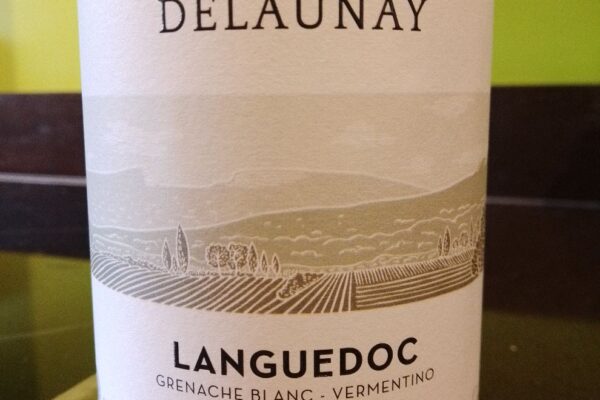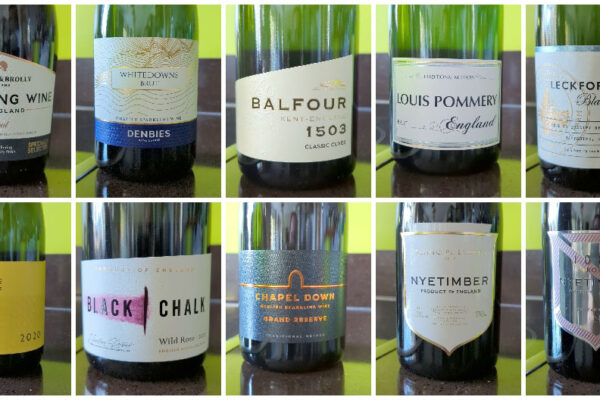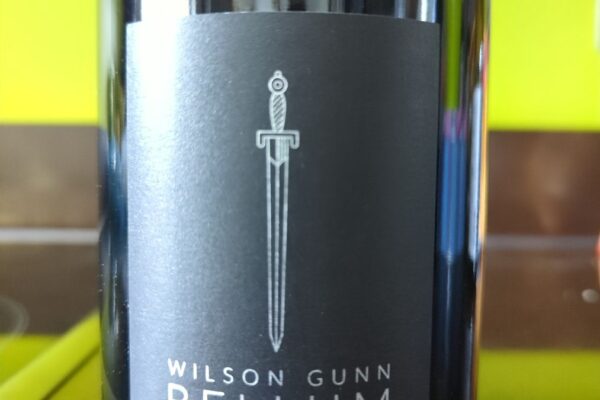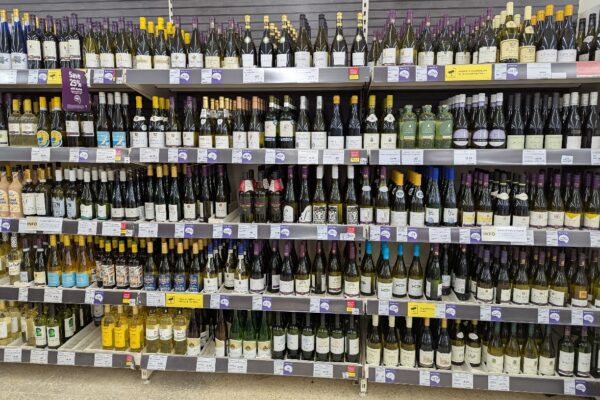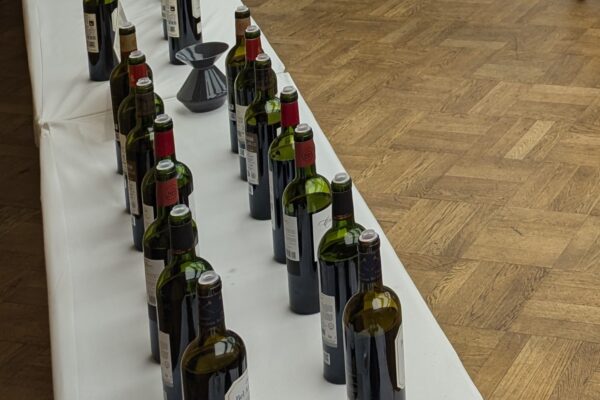In October 2024, I attended a Monastrell Masterclass led by Patrick Schmitt MW, followed by a walk-around tasting. The event was sponsored by Monastrell Spain, so all the wines were Spanish, though the masterclass also referenced other countries for context. Monastrell is known as Mourvèdre in France and has lots of different names in other countries.
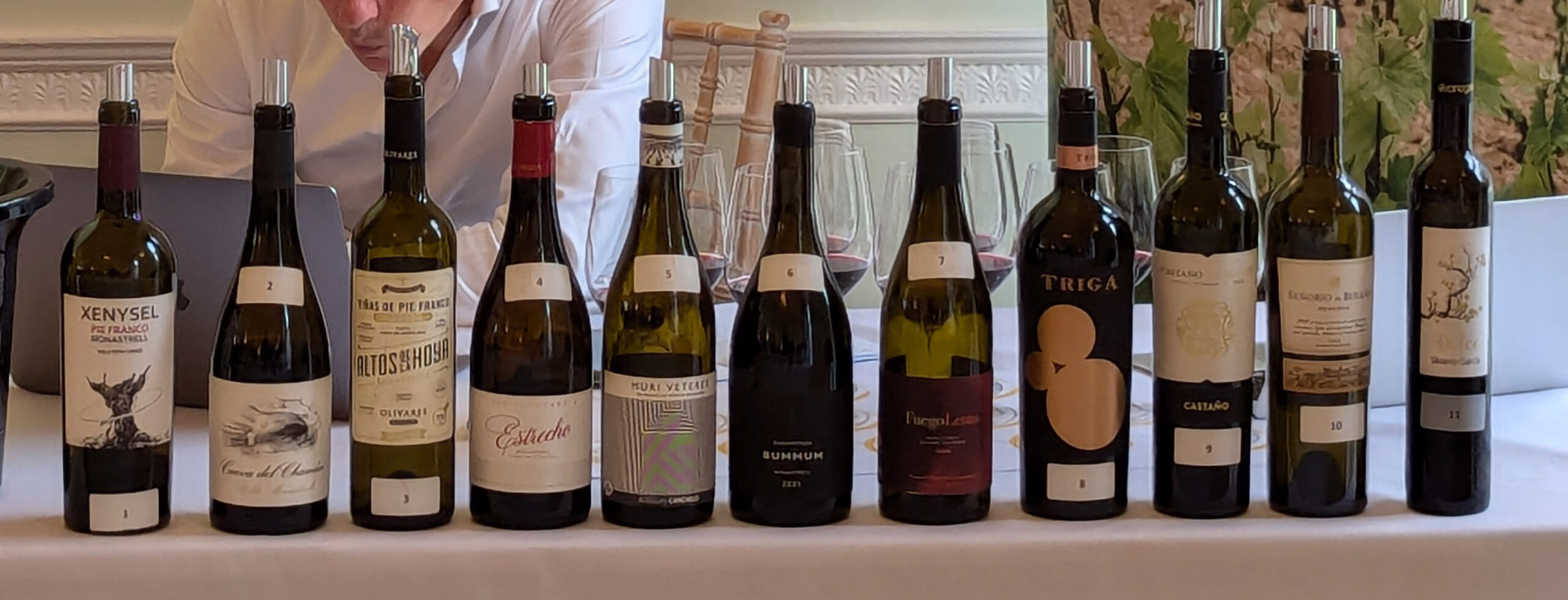
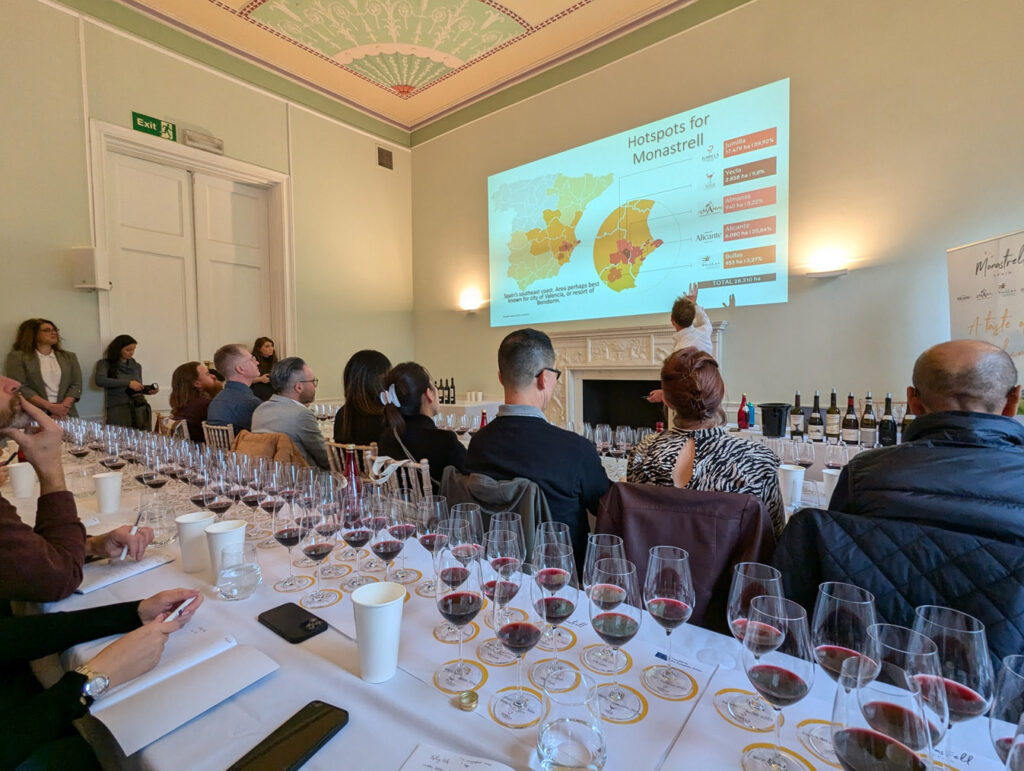
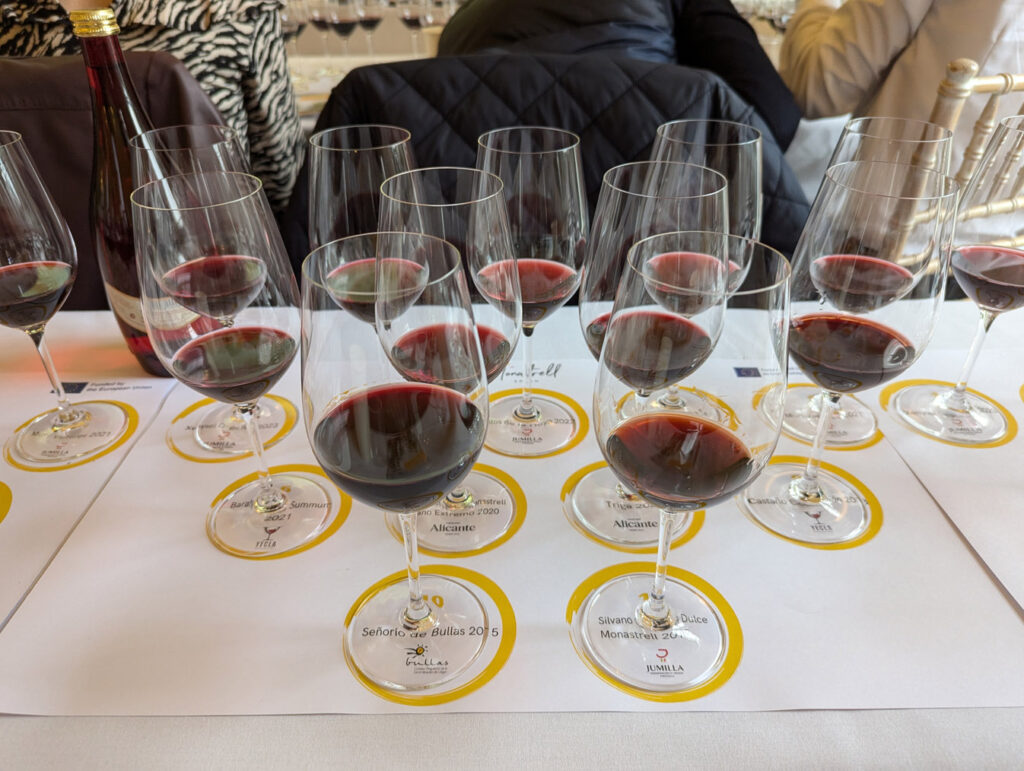
I came in with limited knowledge of Spanish Monastrell, expecting most wines to be highly tannic, similar to many Ribera del Duero wines. However, I was pleasantly surprised to find a wide range of styles, which contradicted my initial assumptions.
The masterclass imparted lots of knowledge about Monastrell. In summary, Monastrell thrives in hot climates with long growing seasons, particularly in Spain’s southeast coast, including regions like Jumilla, Yecla, Almansa, Alicante and Bullas. It doesn’t require irrigation, often comes from ungrafted old vines and has thick skins high in phenolics, particularly tannins. Despite this, the wines are far from the tannic beasts I had anticipated. The grape’s high sugar potential leads to high alcohol content and high-altitude vineyards bring freshness to the wines. Most Monastrell is grown organically, although not all of it is certified as such. It’s also a grape that ages well and offers good value, as it hasn’t yet been widely exploited.
The masterclass included 11 wines, and through tasting, I discovered the diversity of Monastrell styles. Here are a few examples to help illustrate:
- Lighter Mouthfeel but Bold in Flavour: The Xenysel Organic Monastrell 2023 from Bodegas Xenysel (Jumilla, 14%) stood out. It had rich fruit, earthy and herbal notes, with strong but not overpowering tannins. This wine reminded me of a high quality USA Pinot Noir. Available from Jeroboams for £13.50, it’s excellent value.
- Deep Woody Character, Medium Bodied: Bodegas Mendoza’s Estrecho 2021 (13.5%) had a woody character reminiscent of Carmenere, thanks to new French oak. With herbal with hedgerow flavours and at £28, it’s a higher-end Monastrell available from CD Wines and Foods Ltd.
- Fruity, Full-Bodied and Round: Carchelo Muri Veteres 2021 (15%) impressed with full blackberry fruit and matching tannins, but again, not overly tannic. It had a long finish and a price tag of £49, currently seeking distribution.
- Rioja-Like: Barahonda Summum 2021 (15%) was my favourite from the masterclass. It had a Rioja-like aroma with a fruity, coconut taste, and a warming, lingering finish. Retailing at £28 and distributed by Amathus Drinks, it offered something special.
- Blends: We tried several blends with Monastrell, including a Monastrell-Cabernet blend and a Monastrell-Syrah blend. However, I thought Pino Doncel 12 Meses 2022 (14.5%), from Jumilla DOP, was a standout at the walk-around tasting. It consisted of 70% Monastrell and 30% Syrah, with intense ripe red fruit, sweet spice and a jammy finish. It’s priced around £18 but is currently seeking distribution in the UK.
- Sweet: The Silvano Garcia Monastrell Dulce (15%) was a sweet wine with an extremely aromatic profile of fig and raisin. It had a fig and herbal taste with a minty note, available for around £30 from Richard Sololon Fine Wines.
Overall, these wines defied my expectations of being heavy and tannic. Instead, they showcased subtlety, variety and complexity. It’s surprising we don’t see more of them in the UK. One reason is that the usual large Spanish wine companies haven’t invested in the Monastrell-producing regions. Companies in the regions have instead been preferring to sell bulk wine for blending. However, single-varietal Monastrell wines are becoming more popular. There’s the clear potential for single varietal or majority-Monastrell wines to become more popular.




